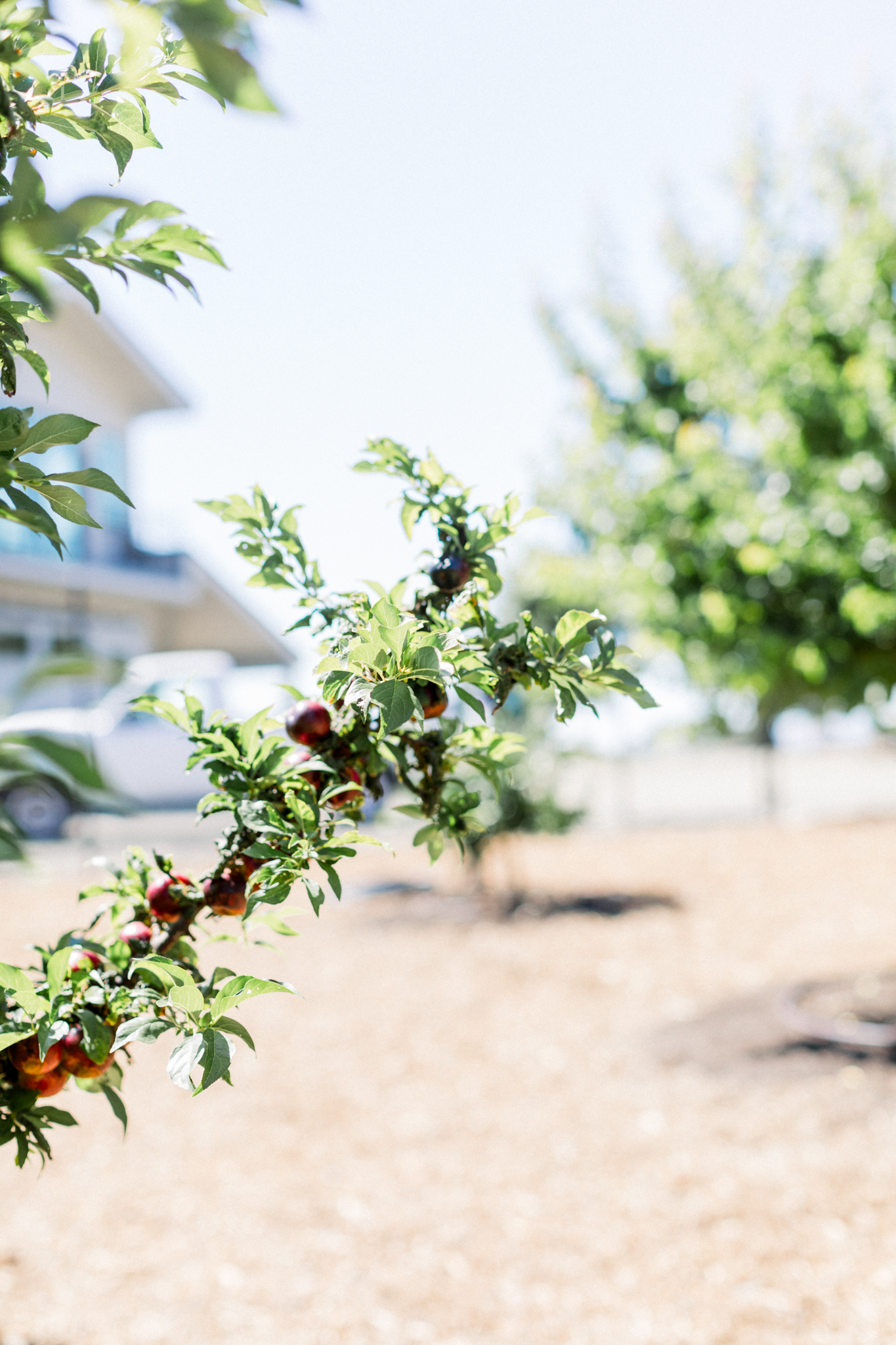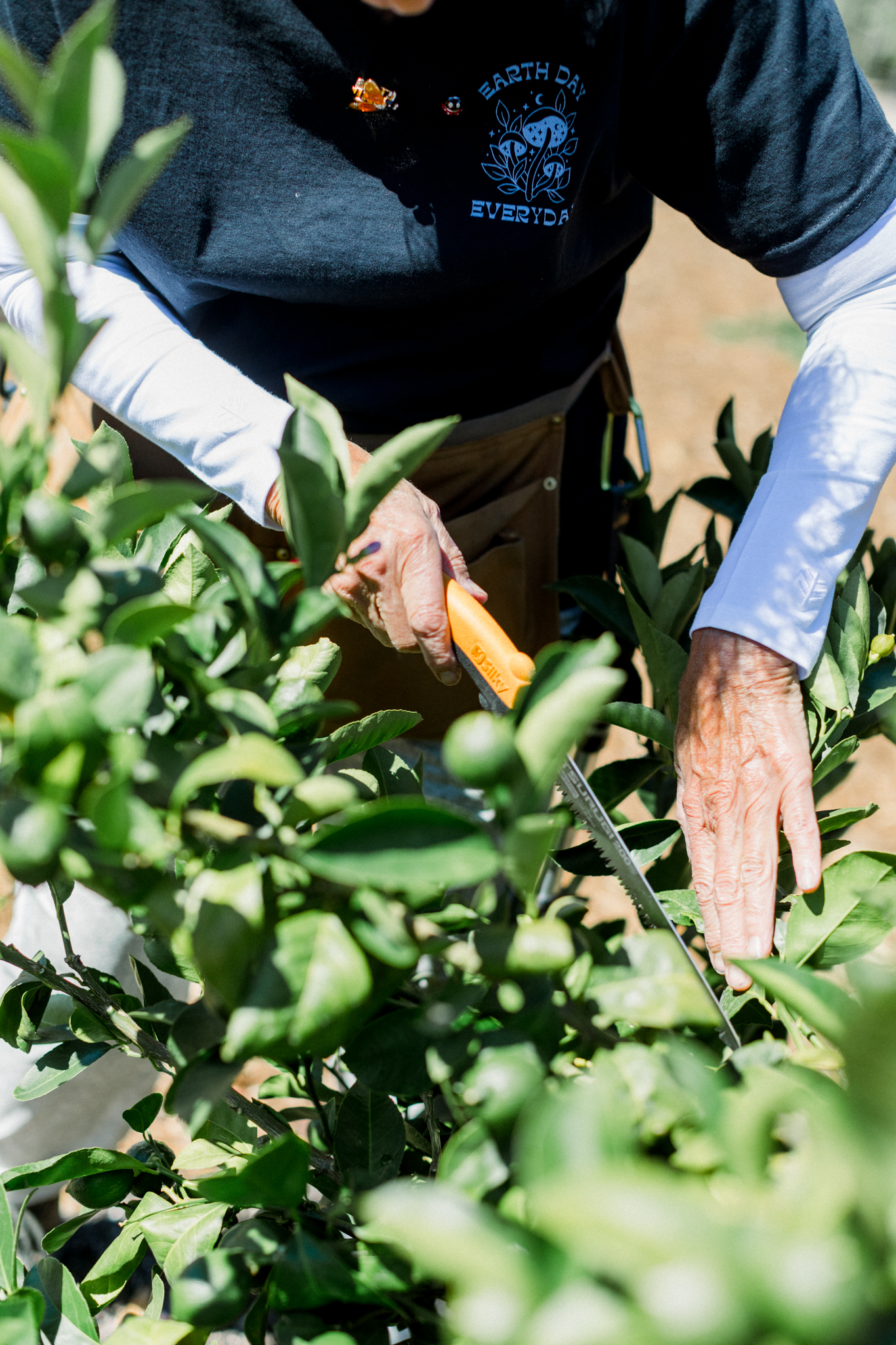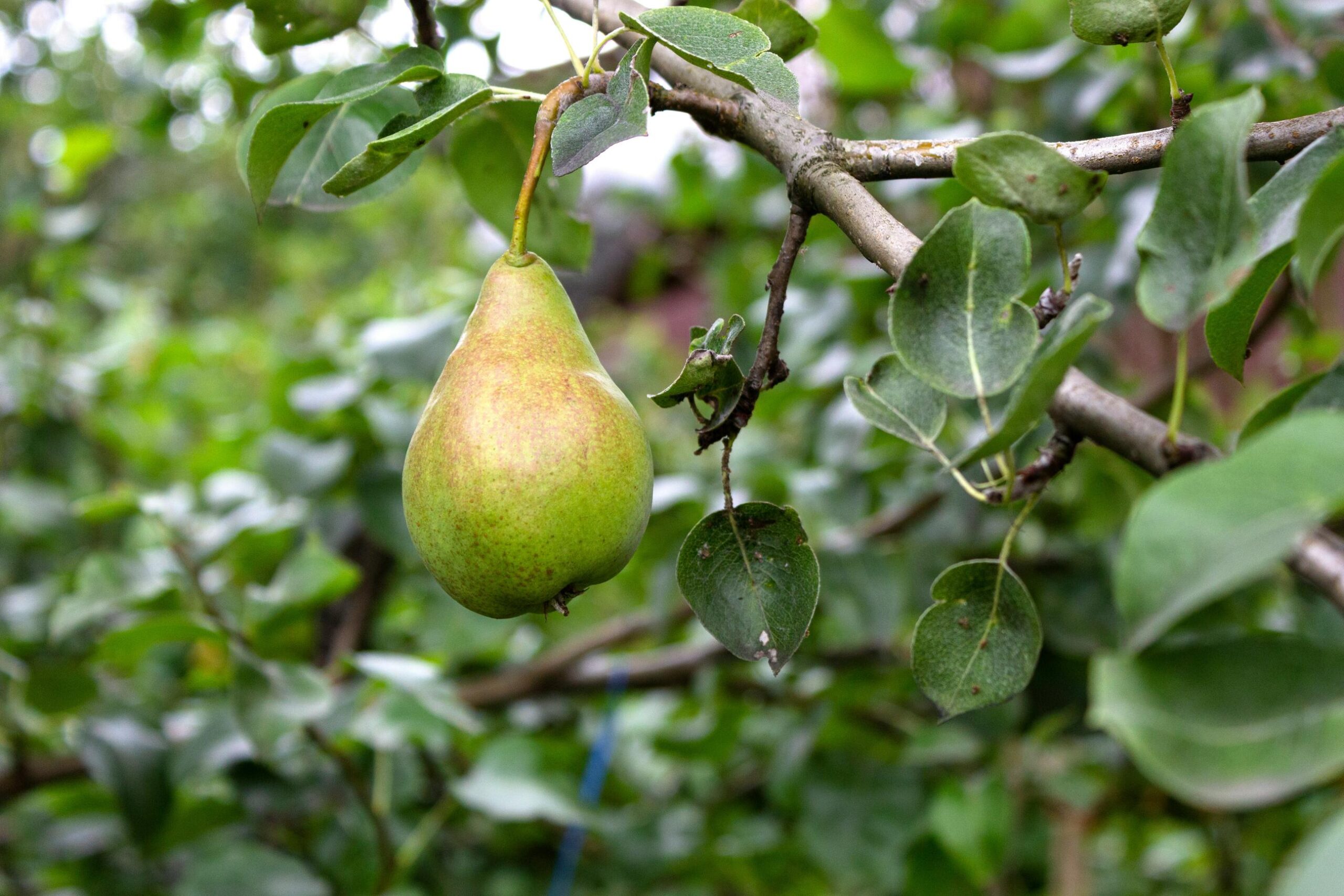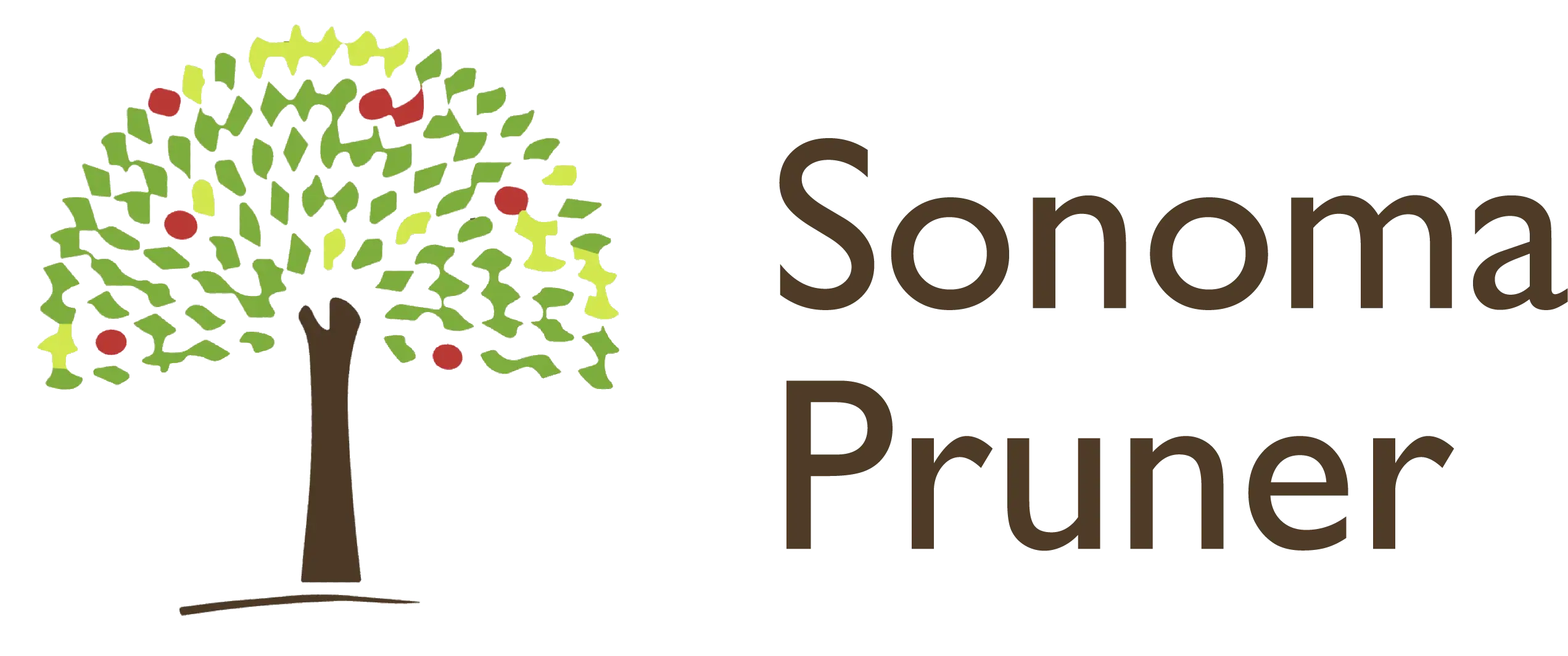Sonoma County Fruit Tree Disease Management
Protect your orchard from lasting damage
A glorious Mediterranean climate is at the heart of why Sonoma is such a wonderful place for people and fruit trees, but our unique weather also creates an environment in which common plant diseases thrive. Our mild winters don’t get quite cold enough to kill off pathogens, and our rainfall with high humidity are a boon to fire blight, especially when spring temperatures climb above 65°F during bloom periods. Sonoma Valley’s droughts cause our fruit trees to be stressed, making them more susceptible to bacterial and fungal infections of all kinds, as well as pest infestations. The varied soils here also contribute to pathogen development—areas with more clay retain moisture, and heavy rains (or improper irrigation) create saturated, oxygen-free soil, which soon produces root rot like Phytophthora.
Fortunately, many of these issues can be managed or even avoided altogether with proper fruit tree maintenance. Knowing what to look for, catching symptoms early, and applying the right care go a long way toward keeping your orchard healthy and productive.

How We Help–Natural Plant Disease Control
Sonoma Pruner takes a holistic approach to fruit tree disease prevention and management. Owner Madaline Duran’s years of experience and innate ability to read a tree enables her to identify initial plant disease symptoms and take steps to address them.

Diagnosis
Sanitation
Organic Remedies and Preventative Practices
The cause of fruit tree disease is generally the result of a combination of things, including weather, tree health, and soil. Similarly, there isn’t a single solution to reviving your fruit trees for good. Therefore, our suggested care plan will include solutions such as fruit tree pruning in addition to organic plant disease treatments.
- Smart watering: Whether due to heavy, sustained rains, improper irrigation, or good intentions, saturated soil can cause all manner of problems.
- Airflow-focused pruning: This helps lower the chance of fungal growth by reducing excess moisture.
- Organic treatments: Neem oil for trees, copper sprays, and other natural remedies work well for common fruit tree diseases. These are applied preventatively during dormant season and bloom periods when trees are most vulnerable.
- Soil and nutrient support: Healthy soil and proper tree feeding help to make your orchard more pathogen-resistant.
- Resistant varieties: When planting fruit trees, we recommend varieties and rootstocks that are naturally resistant to common Sonoma diseases like fire blight and root rot.
Pear Blight: What to Know and How to Treat It
What is generally called “fire blight” we call “pear blight” here in Sonoma. This bacterium has devastated entire pear orchards, with some years seeing widespread tree loss across the North Bay.
Fire blight is caused by the bacterium Erwinia amylovora. It affects both apples and pears, but pears are often more severely affected. Call the disease what you will, but it is one of the most common and damaging in Sonoma’s home orchards.
The time to be most vigilant is in the spring, when we’re getting rain and temperatures are above 65°F. That combination creates the perfect infection conditions for pear blight. It usually strikes the ends of pear, apple, and quince branches, turning leaves and shoots brown or black while the rest of the tree may still appear healthy.
How to Treat Fire Blight
- Act fast: Check trees daily during spring—even one extra day means cutting more branches.
- How it proliferates: Wind and insects carry the bacteria, so expect annual recurrence once infected.
- Before starting, mix a sterilizing solution of 10% bleach and 90% water in a spray bottle and have a large plastic bag ready.
- Using clean pruners, cut 6–12 inches below the visible signs of blight.
- Discard all cuttings and any fallen leaves directly into the bag—don’t compost them.
- Sterilize your pruners after each cut.
- When finished, seal the bag and throw it away in the trash—it is not green waste.
- Nip future outbreaks in the bud by feeding regularly, ensuring water drains well, keeping irrigation 18″ from the trunk, and never spraying water directly on the trunk.
Catching pear blight early is key—even a single day can make the difference between a small cleanup and major loss.

